
Review: Spinetix Elementi
What’s under the cloak of SpinetiX latest digital signage construction software.
Text:/ Andy Ciddor
Elementi is the latest, simplest and most powerful of the methods for programming the Spinetix family of digital signage media players. Where it differs most markedly from the Fusion platform, that’s already embedded in the SpinetiX HMP players, is Elementi is an application that runs on an independent Windows (Vista and beyond) PC and communicates to one or more HMP players via TCP/IP. The Elementi application builds a screen Project on its host computer, from which it compiles an SVG (Scalable Vector Graphics) project file and a set of associated resource files. These are then broadcast to the target HMP devices. This build-then-broadcast architecture uses all the power of the Elementi host’s computer to provide a sophisticated user interface while putting no load on the HMP players in the system. It’s also the only really practicable approach to creating multi-screen signs using the HMP players.
When I decided to review the new Elementi authoring system, I chose to break my tradition of 30-odd years and approach it in a very different way. You see, I came to computers quite late in their history. By the time I arrived, real computers the size of a couple of chest freezers were already being replaced by little machines built around a single microprocessor chip instead of dozens of card frames, populated with thousands of cards, each bearing thousands of individual transistors or logic chips.
JUMPING IN
To use an operating system, a programming language, or one of the rare off-the-shelf software packages, entailed tucking-in to a shelf or two of manuals, and poring over them for a few days until you worked out what the software in question could do, and what kind of tricks could be done with it. The legacy of those times is that to this day, one of my very favourite pastimes is to thoroughly immerse myself in the manual for new software before I even tick the box agreeing to the 250 pages of unenforceable terms and conditions and start using it (I know, I’m a sad case and really ought to get out more).
However, for this review time I chose to approach the software your way: plunge headfirst into the system without the benefit of a safety net, to see what happens…
About 10 minutes of waving my mouse cursor over objects on the screen to see the pop-up hints, opening the sample projects that come with Elementi, and clicking on things at random (which I believe is the contemporary technique) gave me the confidence to have a go at building my own digital sign. I should confess that I’m not a total novice at this – I created a digital sign using the Fusion signage platform built into all SpinetiX players [see Issue 14].
I expect the average Elementi user will have had experience with such tools as PowerPoint, Publisher, PhotoShop, Visio and possibly also with some CAD platform, so the concepts and tools in Elementi will have some familiarity.
SCREEN TEST
Each signage display is contained within an Elementi Project, which holds all of the elements of the display including the main SVG file that stores the properties of all the screen objects including: images, video, schedules, SVG scripts for active objects like live video or streamed data, and any other scripted object you and a team of coders may later dream up and compile using SVG. Elementi also supports multi-screen signs ‘out of the box’, although the supplied SVG templates only support 16:9, 16:10 and 4:3 aspect ratios and their portrait equivalents. That’s not really a big deal, because it will take your local HTML5 graphics guru about five minutes to tweak the template file if you require anything more exotic.
As a page composition system, Elementi most closely resembles Microsoft’s PowerPoint and Publisher in the way you place objects directly into the desired position on the screen. Each of the objects sits on its own layer in a manner similar to Photoshop and, like Photoshop and CAD systems, each layer/object has a range of editable properties.
The range of properties that can be edited on each layer is something to behold. Of course you would expect to be able to select the position and size of a screen object, but Elementi also adds such niceties as when in the project timeline the object appears and how long it remains; the type of transition (fade, wipe or slide) it makes as it appears and also as it disappears; the object’s transparency and a separate range of effects than can be applied to the object while it’s being displayed.
COLOURS & EFFECTS
Text objects have their own wide range of effects that include both horizontal and vertical scrolling (to reveal multi-line text larger than the display area), and a range of jiggling effects to catch the viewer’s attention (and potentially make them seasick). The formatting tools are very powerful allowing every character on the page to be independently defined for size, font, colour, bold and italics.
Colour selection is nicely handled throughout Elementi. There’s an eyedropper tool that lets you select your colour from any object on the screen, including images, other objects, video clips or any other program that’s running. As Elementi was developed using the cross-platform GTK graphics toolkit, it uses the ‘gcolor2’ colour selector which has to be the most useful colour selector I’ve met in my 30-plus years of using software.
HELVETICA’S REVENGE?
I have a concern that the text formatting power could be wielded by those with no design skills. The possibility (high likelihood) of ransom note-style multi-coloured, multi-font, multi-sized text, being displayed using all the available transition and jiggling effects, could be the Swiss getting their own back on the signage world for its blatant overuse of their precious Helvetica font. On the subject of fonts, although there are only a small number of fonts supplied with Elementi, you can import any TrueType or OpenType face into the system.
Elementi can play a range of video formats directly and automatically transcodes Flash files. It also accepts live streams using the RealTime Streaming Protocol (RTSP) to control stream feeds and playback. It also comes with a powerful set of SVG scripts that allow for the importation and display of live data, such as news, weather, road conditions, stock prices, cocktail of the week or today’s lunchtime specials. The scripts can easily customised by that friendly HTML guru (or your 14-year-old nephew).
ON SCHEDULE
Scheduling is a basic requirement of all signage display systems, and Elementi comes with an extensive and very fine-grained scheduling system, although the current release either has a bug in it or is too arcane for me to program. I thought I was allocating a signage project to run for a couple of days, but Elementi scheduled it to run for several decades instead. I’ve already sent a query off to Spinetix to find out the error of my ways on that one.
In this review I’ve only looked at the free 30-day trial version of Elementi S, which is available for download to anyone who can work their way through the slightly confusing process of registering on the Spinetix website. This is the most basic version of the product. Elementi M the multi-user version and Elementi X the enterprise version have many more importing and management features I’ve only had hints about from Spinetix (possibly because those versions are still in development).
I borrowed an HMP200 player to test the results and learn about the discovery and broadcast processes, but as Elementi also has a full-screen preview mode, you really don’t need a player to build a full digital signage project on your own computer. What you do need however is an internet connection (as I discovered on the plane to InfoComm). When Elementi launches, it phones home to Mum to check if you have a valid licence key or if your 30-day trial has ended. So if you’re going to use it while travelling, launch Elementi while you’re still on-line and send your system into hibernation until you need it.
… MY DEAR WATSON
Overall I’m impressed with the power and simplicity of Elementi as a system you really could pick up and use to produce quite sophisticated signage. However, there is so much power and capability in the system that it really isn’t designed to be used by someone who hasn’t spent some time familiarising themselves with its capabilities. Indeed, my major criticism of Elementi at this early stage of its life, is actually the quality of the available documentation. The current 42-page PDF Quick Guide is just that, a quick guide that doesn’t go into any depth at all about the full capabilities of this software. What’s desperately needed before users can get the very best out of Elementi is a good solid manual with details of all of its power.
Madison Technologies:
1800 007 780


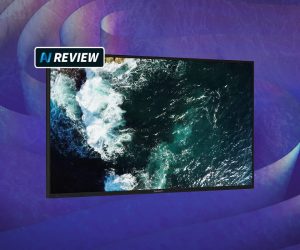
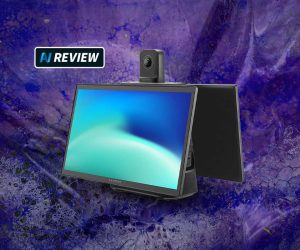
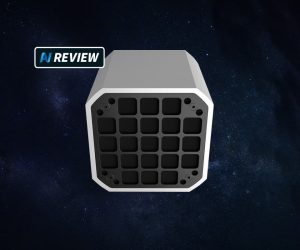
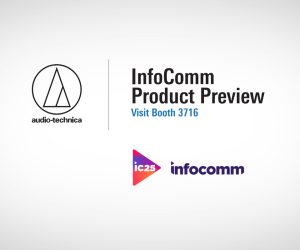





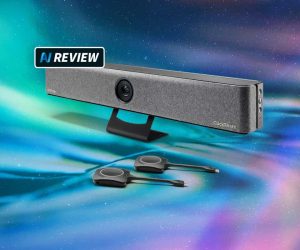
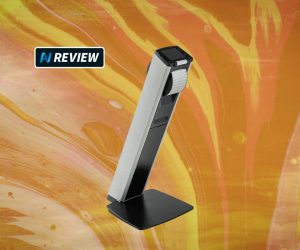

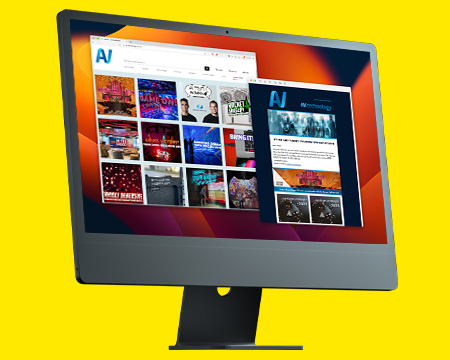

RESPONSES